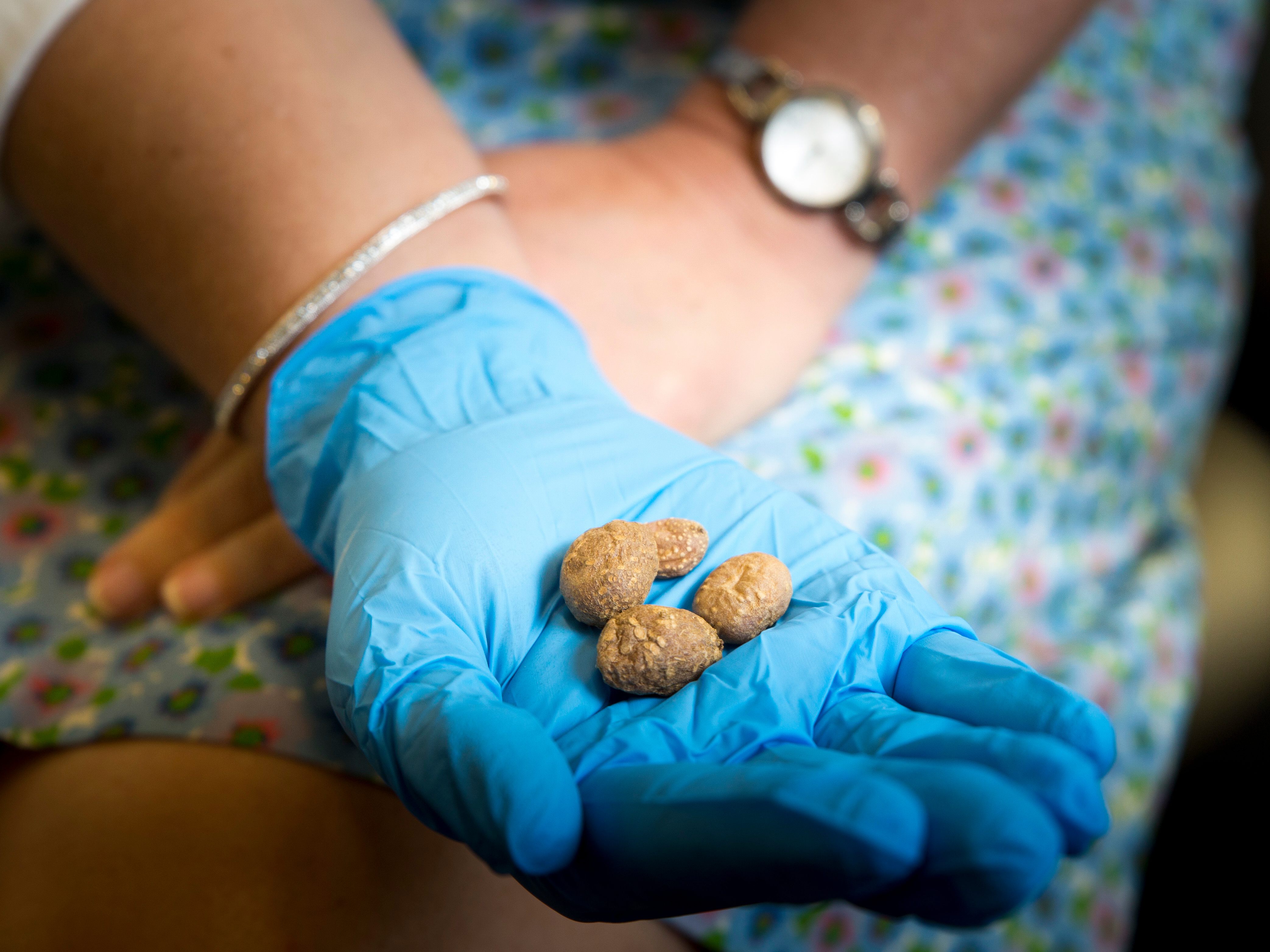Found: Evidence That Humans Have Been Eating Potatoes in North America for Over 10,000 Years
Some starchy residue in Utah came from a native potato.

It may seem like there’s a lot of potato diversity when you walk through the produce section. But those purple, yellow, red, and brown spuds are all varieties of one species — Solanum tuberosum — that was domesticated in South America over 7,000 years ago. There are about 20 potato species in North and Central America, and one species in particular has been part of the human diet for over 10,000 years, according to a study published Monday by the Proceedings of the National Academy of Sciences.
The potato, Solanum jamesii, is native to the American Southwest, and especially thrives in sagebrush and piñon pine ecosystems in New Mexico. There are just five small populations of the potato in Utah. It was near one of those, in an area once known as Potato Valley, that researchers were excavating an archaeological site and found grinding stones, known as manos, and slabs known as metates. “Grinding plant tissues with manos and metates releases granules that get lodged in the tiny cracks of stone, preserving them for thousands of years,” said Lisbeth Louderback, an archaeologist at the University of Utah and coauthor of the study, in a press release. In the cracks in the manos and metates found at the site, Louderback and her colleagues found starch grains from Solanum jamesii. The oldest grains are around 10,900 years old, while other grains are around 6,900 years old. These potatoes weren’t a passing fad.
The big and colorful potatoes we find in the grocery store are the product of domestication, but Solanum jamesii is still very much a wild potato. Its tubers are small and you won’t find them at the farmer’s market anytime soon. But its limited range in Utah suggests it may have been brought to the region by people, and there may even have been attempts to domesticate it. The researchers are now looking to the potato’s genes for clues about its history, and maybe even something about human history, too.

















Follow us on Twitter to get the latest on the world's hidden wonders.
Like us on Facebook to get the latest on the world's hidden wonders.
Follow us on Twitter Like us on Facebook